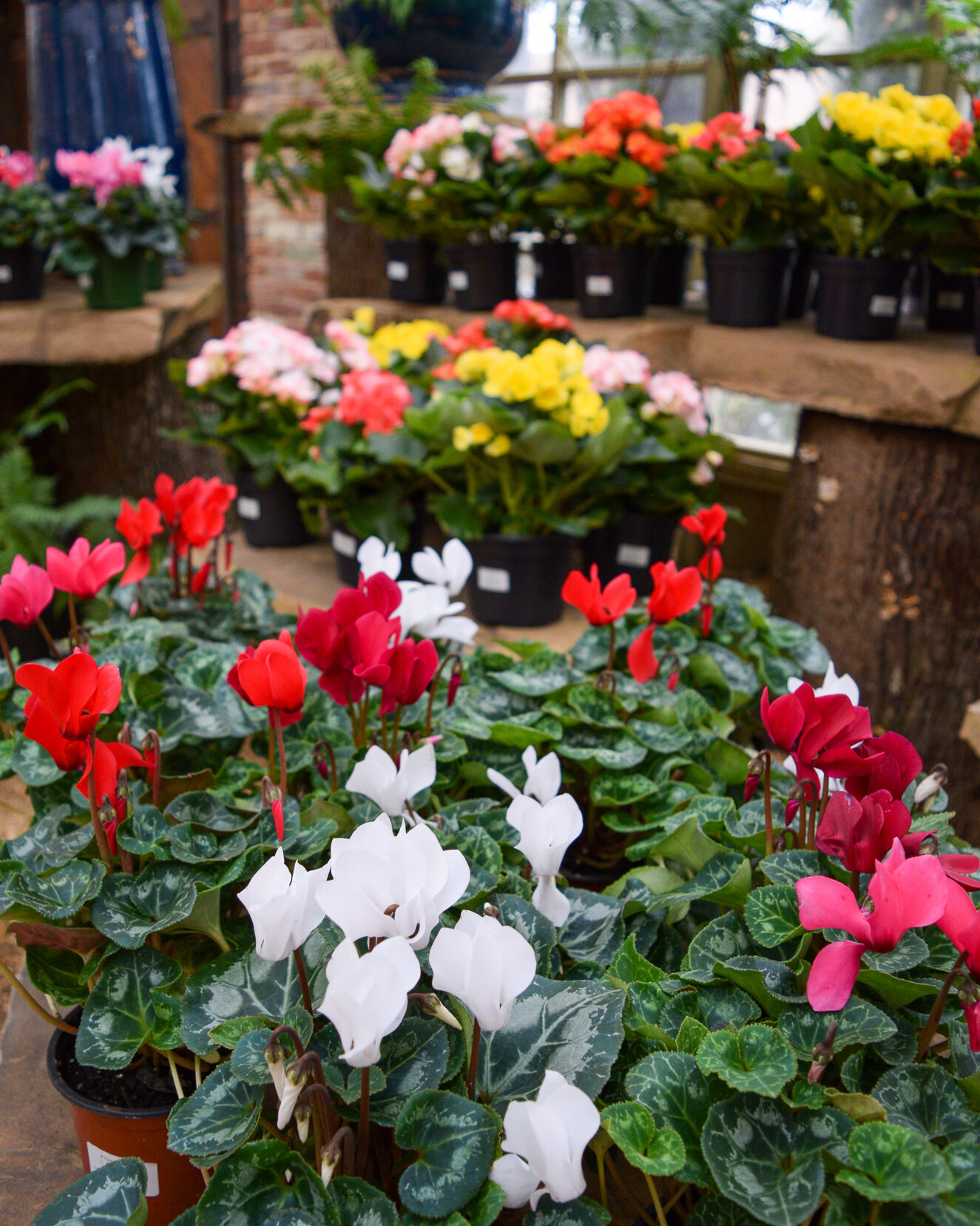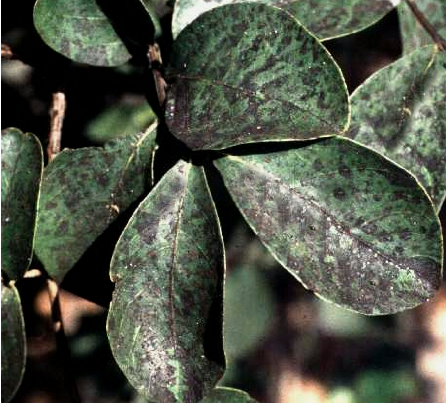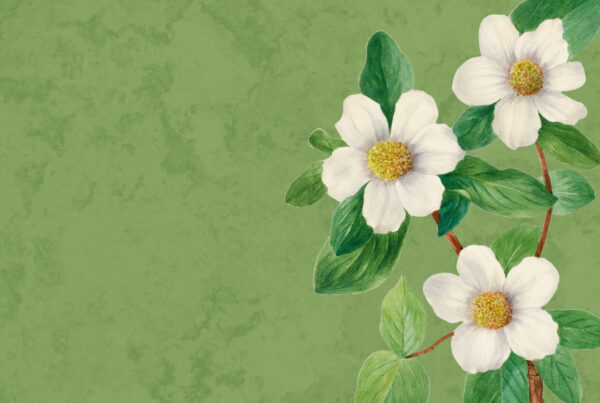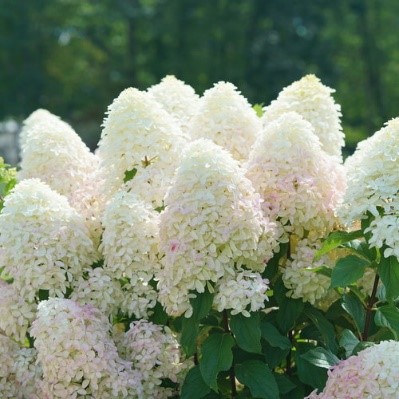Hi there fellow gardeners, coming to you again from the campus of Botanic to discuss tips and anecdotes for successful gardening. This week we are going to provide answers to a few frequently asked questions. Let’s get started!
#1
“What is the black moldy growth on my Crapemyrtles?”
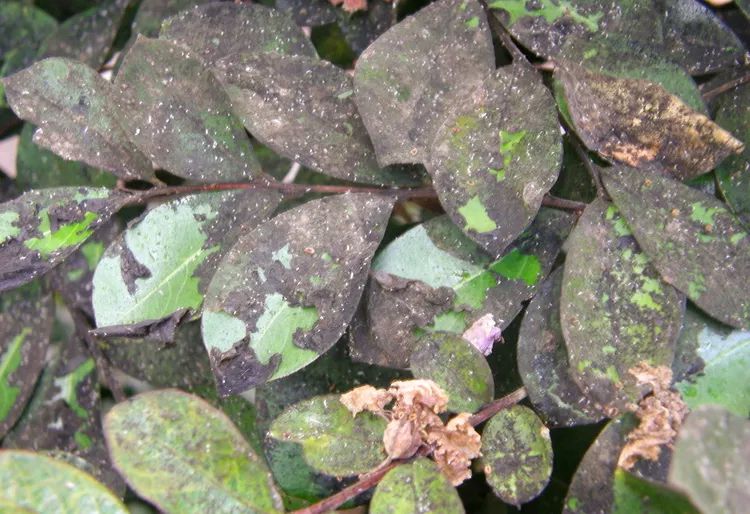
Folks, this is an easy answer and a fairly easy solution depending on the size of your tree. The black growth is called Sooty Mold. Unfortunately for us, this mold which indeed is an organism enjoys a symbiotic relationship with another organism called Aphids. Aphids are insects that invade and (if left unchecked) infest your Crapemyrtle trees. Aphids typically thrive at the first of spring just when the new shoots of your Crapemyrtle trees are emerging and elongating.
While dining on your young leaves and steams, the aphid excretes a sticky substance called Honey Dew. Once the Honey Dew is present, the sooty mold begins to grow and darken the leaves to black. Don’t fret, the solution is fairly simple. Often an environmentally friendly product called insecticidal soap can control aphids.
The challenge is application. If it’s a fairly small tree up to 10’, usually a pump-up garden sprayer and a ladder can accommodate the task. Taller trees may require a professional arborist.
Another easier to apply, but stronger chemical are systemic insecticide granules. The active ingredient is usually Imidacloprid. A very safe insecticide but a chemical approach, nonetheless. One would never want to apply this to edible crops. Once applied, the root system absorbs the insecticide and transports it to all parts of the plant ultimately killing the aphids and any other insects. There are additional insecticides that are equally effective for controlling Aphids. Stop by Botanic and ask us for further information on these alternative products.
Sooty mold is also associated with other insects including white flies. The treatment is the same and spray intervals should be every 14 days until they are eliminated. Check back frequently for reinfestation.
#2
“What is this greyish white powdery growth on my leaves?”
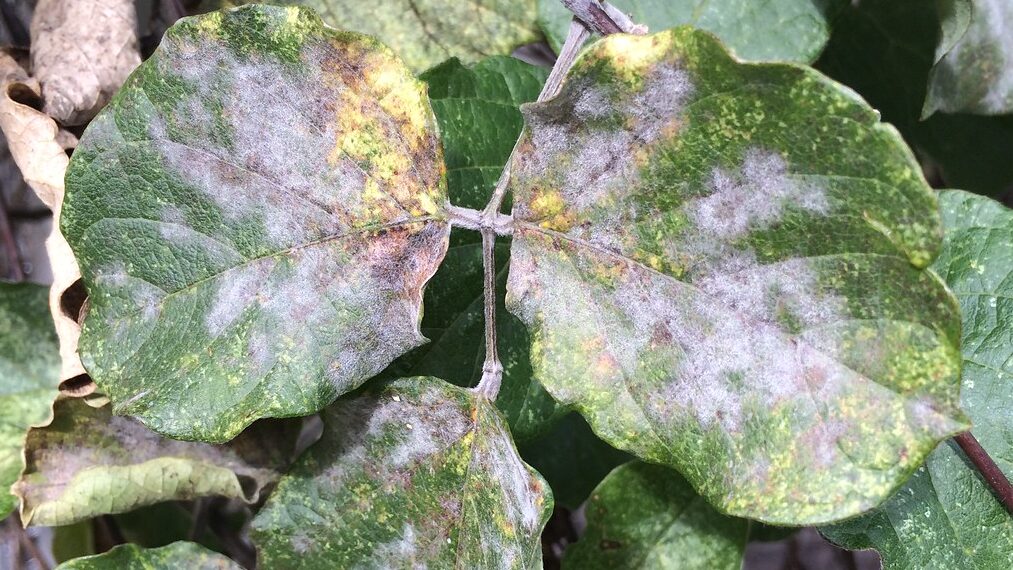
Once the cooler, crisper days of spring lead into hotter and more humid days of summer, the conditions become perfect for a fungal disease called Powdery Mildew. This fungus attacks Roses, Crapemyrtles, Hydrangeas and many other ornamental and vegetable plants. Make no mistake, lady and gentlemen gardeners, Powdery Mildew can wreak havoc if it goes unchecked. Powdery Mildew typically won’t kill a plant, but it can cripple the aesthetics of ornamental plants and decimate the productivity of vegetables. The good news is that Powdery Mildew is relatively easy to control.
Several different products can control and even prevent Powdery Mildew. Thalonil, also sold as Daconil, is my go-to spray. Thalonil has been around for a long time and, as chemical fungicides go, is one of the safest. There are several home remedies as well. Concoctions made with baking soda, or another using vinegar, can also be effective. An organic product called Neem Oil is great as a preventative spray. Stop in at Botanic for homemade recipes to help control Powdery Mildew.
Next week in part 2 of our 3-part series, we will tackle 2 more frequently asked questions. Stop by Botanic this week! We have a great selection of house plants and flowering indoor plants: Hydrangeas, Cyclamen, Rieger Begonias, etc. Hope to see you all soon.
Good Gardening,
King
